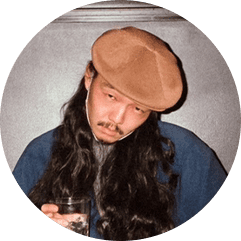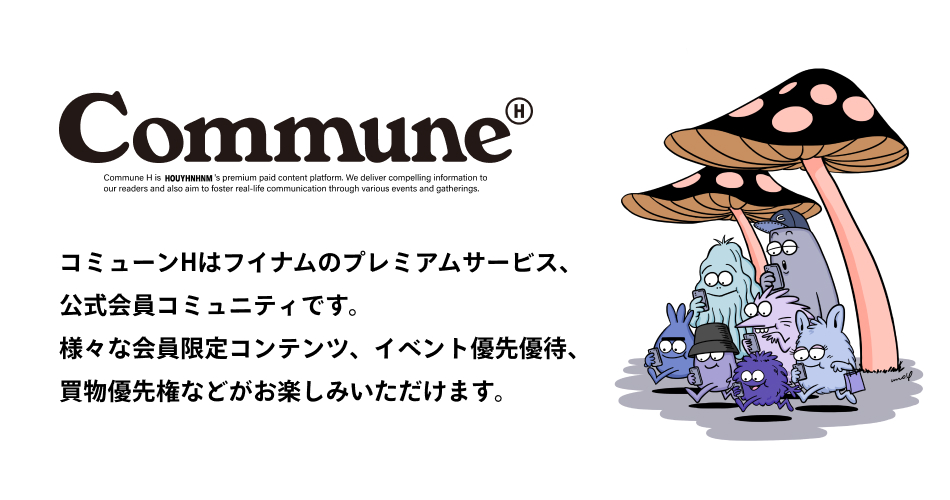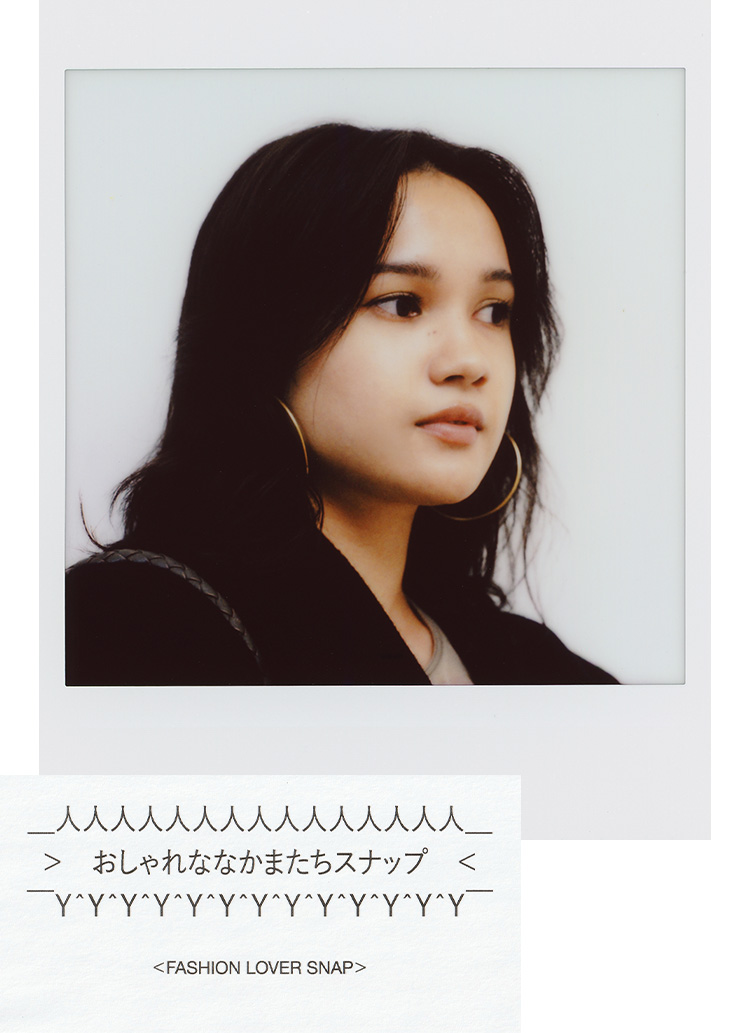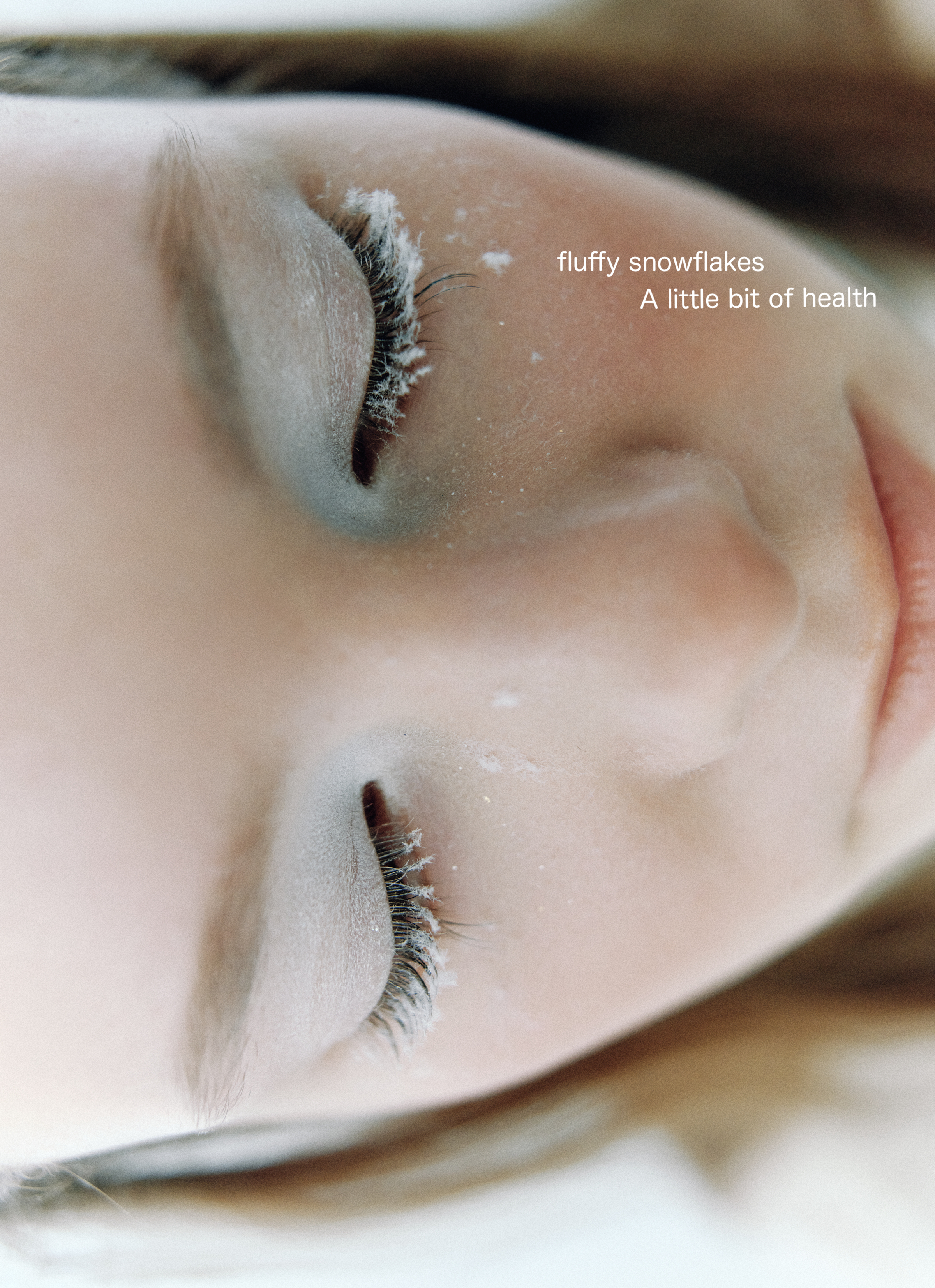Fascinated by black culture and passion forLamrofand an African jewelry label calledAFLOGICAL JEWELRYSDaisuke Sakamoto, aka Shirley, is a fashion designer who pours generously into the "Shirley" brand.
In addition, in recent years, the company has been developing a new label, "Miscellaneous Goods," which focuses on items from the American mid-century period, which it had been operating for some time.EARTHY ANTIQUESHe has also changed the direction of his business to mainly African goods, expressing the black culture he loves from various angles.
The term "Afro-zero" means "of African origin. In this sense, Sakamoto is an "Afro-Japanese" with roots in Africa, even though he is Japanese.
In this series, we introduce the people, things, and things that Mr. Sakamoto has seen while wandering around the world, especially in Africa, through his own filter. We present the realities of black culture as he sees it, how he incorporates it into his products, and the realities of the black culture that has fascinated him, through actual photos and Sakamoto's own voice.
Photo_Sha-Le (Daisuke Sakamoto)
Edit_Naoya Tsuneshige
PROFILE
In 2022, he launched the fashion brand "Ramroff". In 2024, he started an African jewelry label "AFLOGICAL JEWELRYS" and an antique goods label "EARTHY ANTIQUES". EARTHY ANTIQUES label will also be launched in 2024. He is deeply devoted to black culture and struggles daily to bring it to as many people as possible. He is also a soccer fan from the bottom of his heart.
Sha-Le Instagram:@8_shale_8
Lamrof Instagram:@lamrof_official
Aflogical Jewelrys Instagram:@aflogical_jewelrys
EARTHY ANTIQUES Instagram:@earthy_antiques
A natural sense of color.
last timeFollowing on from the first article in this series, we continue our wanderings in Senegal. On the sixth day of his stay in Senegal, Mr. Sakamoto went to do research for his own brand, "Ramlov," and we asked him how it went.
In order to research fabrics, ethnic costumes, and the rapidly developing Senegal of today, I headed to Kolobane and Sandaga, two of the most prosperous areas in Dakar. I am focusing on the ethnic costumes worn by the people of the city as real clothes.
Even today, there are many people in town who spend their daily lives in their national dress (most of the people are Muslim and pray every day), and Senegalese costumes are particularly interesting to look at because of the freedom they offer in terms of patterns and materials.
The style of the local mureed sect is especially cool," he said. The colorful patchwork ethnic costumes with their unique colors, dreadlocks, and layers of leather and African blackwood accessories are impressive.
Some people use that guise as a weapon to say, 'We're cool, aren't we? Give us money! (laughs). (Laughs.) They sound like a strange bunch, but they are really outstandingly cool. They have definitely influenced my life as a designer.
As for women, most women basically wear brightly colored African batiks all over their bodies, partly for religious reasons. This is to prevent the skin from being exposed. And, although it may not look like much, local people wear sunglasses in addition to the batik. This total balance is just cool. I was very interested in this unique African sense of coloring.
When I walk around town, I see people like that everywhere, so I learn a lot from them. I thought to myself, "I have to express the pure feelings I had at that time with my own "design," "color," and "pattern," and then I let my mind go round and round, and let it fall into my heart. This is how I do my research. This is how I do my research.
Guerrilla snaps of the "Art Ami Cardigan," an iconic item from [Ramroff].
"Egregious" market area.
The market is so vibrant. I can't find any other words to describe it (laughs).
Here in Korobein and Sandaga, there are almost no antiques or anything like that, but African batik fabrics, clothes sewn from African batik fabrics, traditional ethnic costumes of different sects, household goods, food, and various other genres. I just wander around the vast area by myself, and if I find a store that catches my attention, I stop at it anyway.
One thing that makes this place different from other markets is that there are so many people who tout for a living. If you walk around the market area for a moment, you will find that there are at least five people waiting in line behind you to call out to you (laughs).
I want to take my time and go around at my own pace, but they keep pestering me, one after the other. This is one of the reasons I find the area so egregious."
Sakamoto continued, describing this "aggressive" touting.
But, you know, they are desperate, too. They are trying to survive. I don't really mind it, but I think it's very stressful for people with normal sensibilities.
I don't think Senegalese people have the sense of being cold to others or ignoring them. I don't think Senegalese people have the sense of being cold or ignoring people. So when I am in Senegal, I try to react to people without ignoring them. I ask them what they are trying to do, and if they are not interested, I decline.
I think Senegalese are a lot like the Japanese. They are actually a pacifist and gentle people. However, there are always a certain number of bad guys. This is true in both Senegal and Japan. You should first try to interact with them without prejudice, and then see what kind of people they are. I think it is important to try to see what kind of people they are. It is precisely because of this kind of trip."
Not just scooping out the supernumerary.
The next day, Mr. Sakamoto made a return visit to a certain market early in the morning. The next day, he visited a jewelry and art market. From the outside looking in, one might think that he is overloading himself with too many things to do, but from his point of view, this is not the case at all. The overwhelming vitality that comes from this is the true essence of Daisuke Sakamoto.
Here we have two dealers with whom we already have a relationship: Uad, who has great taste in jewelry anyway, and Mustafa, whom we trust because he is erudite about jewelry."
udo (plant related to ginseng, used in medicine and cooking) (Aralia cordata)
mustapha
We checked on the progress of the design of a special-order item we had requested, and received the beads we had been looking for. Although we are far away in Africa, it is amazing and gratifying that we are able to work as equals and build a relationship of trust like this. It is always a matter of person to person, no matter how far you go.
It seems that this special order jewelry will be shown in the next season of "Ramlov," so let's look forward to hearing more about it. Next, Mr. Sakamoto headed to "The Museum of Black Civilisations. Next, Mr. Sakamoto headed to "The Museum of Black Civilizations," a museum filled with African history.
My main goal is to visit various countries and experience fashion, art, and jewelry, but if I have a little time, I also make it a rule to visit the country's art museums. Museums allow me to learn about the "values and interpretations of art" that are important in the country where I am visiting. Knowing this helps me to better understand the various things I encounter in my travels. It becomes easier to understand.
Also, when I think about the Ramlov collection, one of the themes is "artistic interpretation," so it is simply a place where ideas can easily be born. The Museum of Black Civilisations showed me once again the high quality of African antiques. It is still the best. The quality of the building itself was... well, not so great.
Work is play and play is work.
Mr. Sakamoto had been in Dakar for a while, but this day he went a little further to a town called Mbour. Surrounded by nature and with beautiful beaches, this so-called tourist town was intended for him to rest his wings. But even here, Mr. Sakamoto is still Mr. Sakamoto. He was drawn to the market.
I was tired, even though I was having fun, so I needed to have a day like this once in a while. I should have been having a good time, but I have an ingrained habit of finding locals and asking them if they know of any local markets. (laugh).
Then I met the artist Dita. His technique is to use different natural sands from different places in Africa (maybe some are dyed) and glue them to the canvas. The process is repeated many times to create a unique gradation. This was truly beautiful."
I had the privilege of visiting his workshop and watching him work. It is encounters like this that make travel so enjoyable. It was a moment when my world expanded once again.
Even if it's my first time visiting a city, and even if it's just for a day of vacation, it ends up being tied to work. He loves people and is easily liked by them. Perhaps it is because of this that Mr. Sakamoto is able to expand his business even on the other side of the world. Afterwards, he played soccer with Senegalese people on the beach and had dinner while listening to live music in the evening.
Overcoming a sad past.
On his last day in Senegal, Mr. Sakamoto headed for Goree Island, known as one of the world's three greatest negative legacies, where for four centuries from 1536, people from Africa were forcibly taken to the island and shipped to Western countries, where the island's sad past as a "slave trade center" remains.
This is my second visit to the island. The first time I visited, I was told about the island's history, and I still remember the impact it had on me. We tend to get swept away by trivial problems in our modern lives, but when I come here, those problems are blown away. Once again, I realized that I should be thankful for the fact that I am able to live as I do now.
After spending a relaxing day on a hilltop overlooking the sea, the last day in Senegal came to an end.... But as expected, Mr. Sakamoto went to the market and bought a Dogon mask and a stool from a Malian dealer.
These will be sold at EARTHY ANTIQUES in the near future, so we will wait for further information!
He concluded by reflecting on his 11-day stay in Senegal.
This will be my second visit to Senegal. With the help of the people I built relationships with the first time, I think I was able to learn more about African culture on this trip.
Dakar, the industrial heart of West Africa, is a great place to buy antique folk art and multi-ethnic jewelry from neighboring countries. The people are also cheerful, calm, and friendly. Once again, I was able to reaffirm that Senegal is a great country and one of my favorite countries. Jeregev!"
Sha-Le:@8_shale_8
Lamrof:@lamrof_official
Aflogical Jewelrys:@aflogical_jewelrys
EARTHY ANTIQUES:@earthy_antiques










